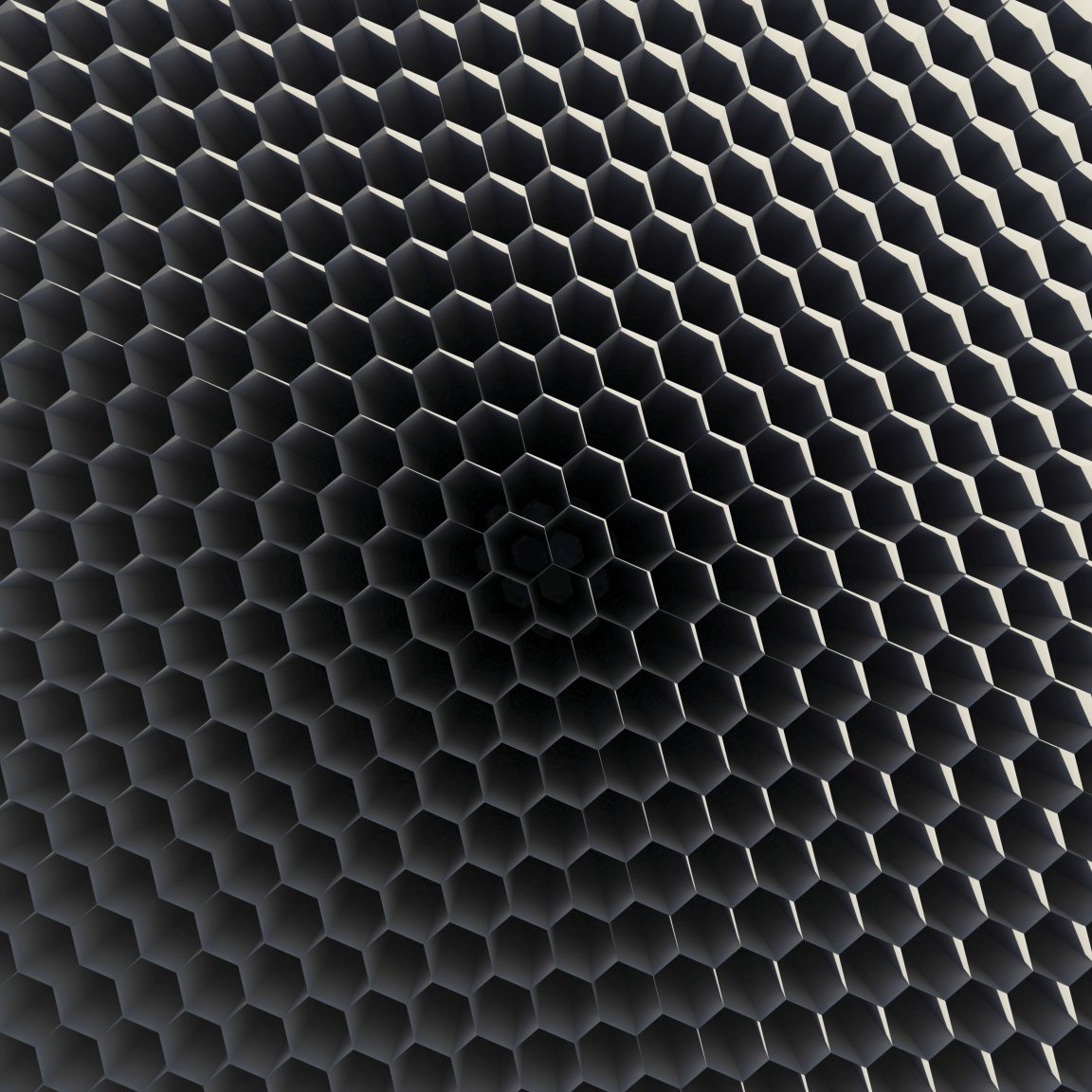
The Miracle Material for All
Hailed as the future’s 2D miracle material, graphene has remarkable applications. Graphene is essentially a one-atom thick graphite layer, made from elemental carbon. Graphene’s unique properties are due to the arrangement of carbon atoms in it, which are densely packed and arranged following a two-dimensional hexagonal pattern called a benzene ring.
Previously, it was thought too expensive to manufacture graphene. Now, physicists from Kansas State University may have found a way to mass produce graphene cheaply, and all it takes are three easy steps and uses only three simple materials: hydrocarbon gas, oxygen, and a spark plug.
The method, which lead inventor Chris Sorensen had already applied and received a patent for, uses a contained detonation of carbon-containing materials. Basically, you put oxygen and acetylene or ethylene gas in a chamber, where the contained detonation using a spark plug is supposed to occur. After detonation, graphene is formed and the process is simple, low-cost, and could easily be scaled up for industrial use.
“We have discovered a viable process to make graphene,” Sorensen said. “Our process has many positive properties, from the economic feasibility, the possibility for large-scale production and the lack of nasty chemicals. What might be the best property of all is that the energy required to make a gram of graphene through our process is much less than other processes because all it takes is a single spark.”
Aside from this, Sorensen’s method produces graphene by bulk, so to speak. “The real charm of our experiment is that we can produce graphene in the quantity of grams rather than milligrams,” researcher Arjun Nepal said. The method was discovered accidentally when graphene was produced as an unintended byproduct during the team’s work on carbon soot aerosol gels.

The Many Uses of Graphene
As mentioned above, graphene’s unique carbon atom arrangement gave this miracle material its superpowers, so to speak. It’s super flexible while at the same time stiffer than diamond. It’s also a superconductor, capable of letting electricity flow faster than any other known substance. It also conducts heat very well, about 10 times better than copper. Graphene has also shown high biocompatibility and is capable of absorbing 2.3 percent of white light. And, to top it off, graphene is incredibly durable.
With all these properties, graphene has found its way into a multitude of research that explores possible applications. These range from electronics to consumer gadgets, to medicine and biomechanics. A popular application is in electronics. For example, there’s that graphene sticker which could improve smartphone battery life. There’s also a graphene-based textile which could be the future of wearable tech. And, of course, bendable screens.
Graphene’s medical applications are just as remarkable. Combined with silly-putty, graphene was used as a heart monitor. Its biocompatibility has made graphene a safe material for brain electrodes. Also, a graphene elastomer could revolutionize robotics and prosthetics.
The list goes on. With this cost-efficient method of producing graphene, it’s now possible for these applications to be available for us soon.